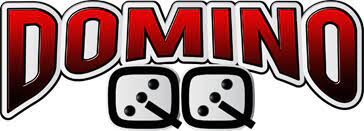
A slot is an opening or position in a group, series, sequence, or set. It can also refer to a piece of hardware or software that holds data or information in a specified location.
A computer-generated random number is generated by the machine, and whether or not it matches a payline determines your winnings or losses. This is what makes slots so popular and what sets them apart from other casino games.
Online slots have more in common with their brick-and-mortar counterparts than you might expect, and understanding the mechanics of each can help you play them better. Online slot designers can let their imaginations run wild, so there’s no shortage of different bonus events and pay structures to discover.
In general, you win if the symbols on a pay line match in a straight line across the reels, and the more matching symbols you have, the higher your payout. However, some slots have additional symbols that trigger other features such as free spins, megaways, sticky wilds, and re-spins. These features can give you extra chances to win and enhance the overall experience of the game.
Slots are a popular casino game that can be played with virtual chips or real money. They’re easy to learn and have a high return to player (RTP). The most important thing to remember when playing slots is to gamble responsibly and never chase quick wins. While it’s tempting to increase your bets when you’re losing, this can quickly turn into a bad habit that leads to costly mistakes.
Historically, slot machines were mechanical devices that used spinning reels to display symbols. Today, they use a random number generator to generate thousands of numbers every second. These are then compared to the symbols on the machine’s reels to determine if a winning combination has been made. The result is that each spin of a slot machine is independent and random, which means that following superstitions or ideologies about when you’ll win will only lead to disappointment.
A modern electronic slot machine has a central computer that controls all aspects of the game. It may look like a traditional mechanical model, but the outcome of each pull is determined by a random number generator that produces millions of possible combinations. The computer then determines the probability of each symbol appearing on the pay line, which is a line in the center of the machine that displays a row of symbols. Conventional slot machines typically have three or more reels, while digital slots can have as many as 250 virtual symbols.
Whether you’re at a brick-and-mortar casino or on an online gambling site, you can usually find the pay table by clicking on an icon near the bottom of the screen. This will launch a window with all of the rules and payout information for that particular slot game. It’s surprising how many players skip this step, but reading the pay table can help you understand how the game works and make smarter betting decisions.
